Building your workflow
The term workflow refers to the way that a type of work is organised. Workflows enable the analyst to successfully perform their task in an efficient and reliable manner. The sequence of operations within a workflow can be performed by one or multiple individuals.
It is vital that performance analysts spend time designing a sound workflow that enables them to maintain consistency and remain on task with the requirements of their role.
Three types of workflow are presented in the figures below. The first is for a typical single match day analysis within an amateur club, the second and third are workflows within a professional club with greater resources and demand on information.
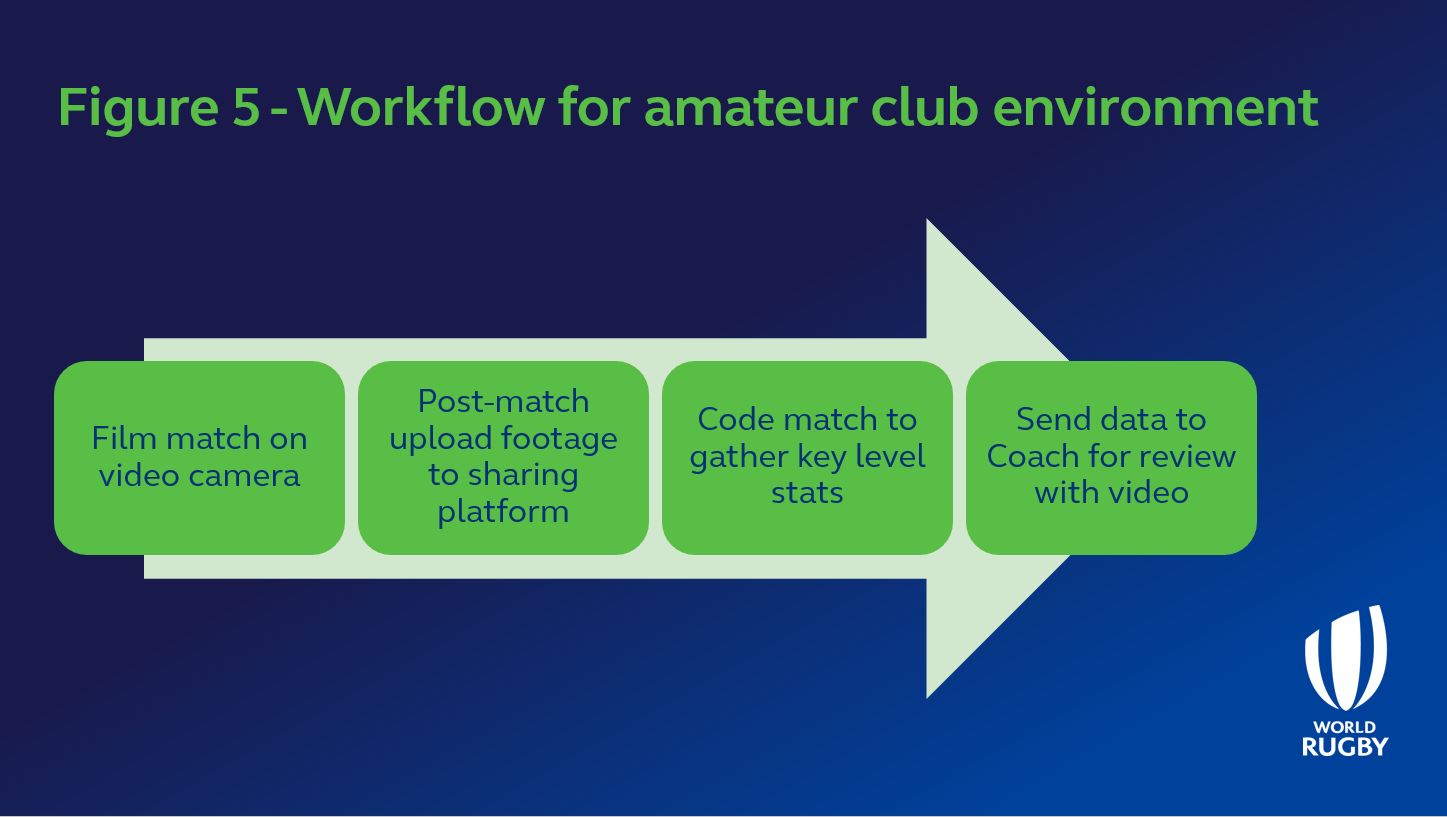
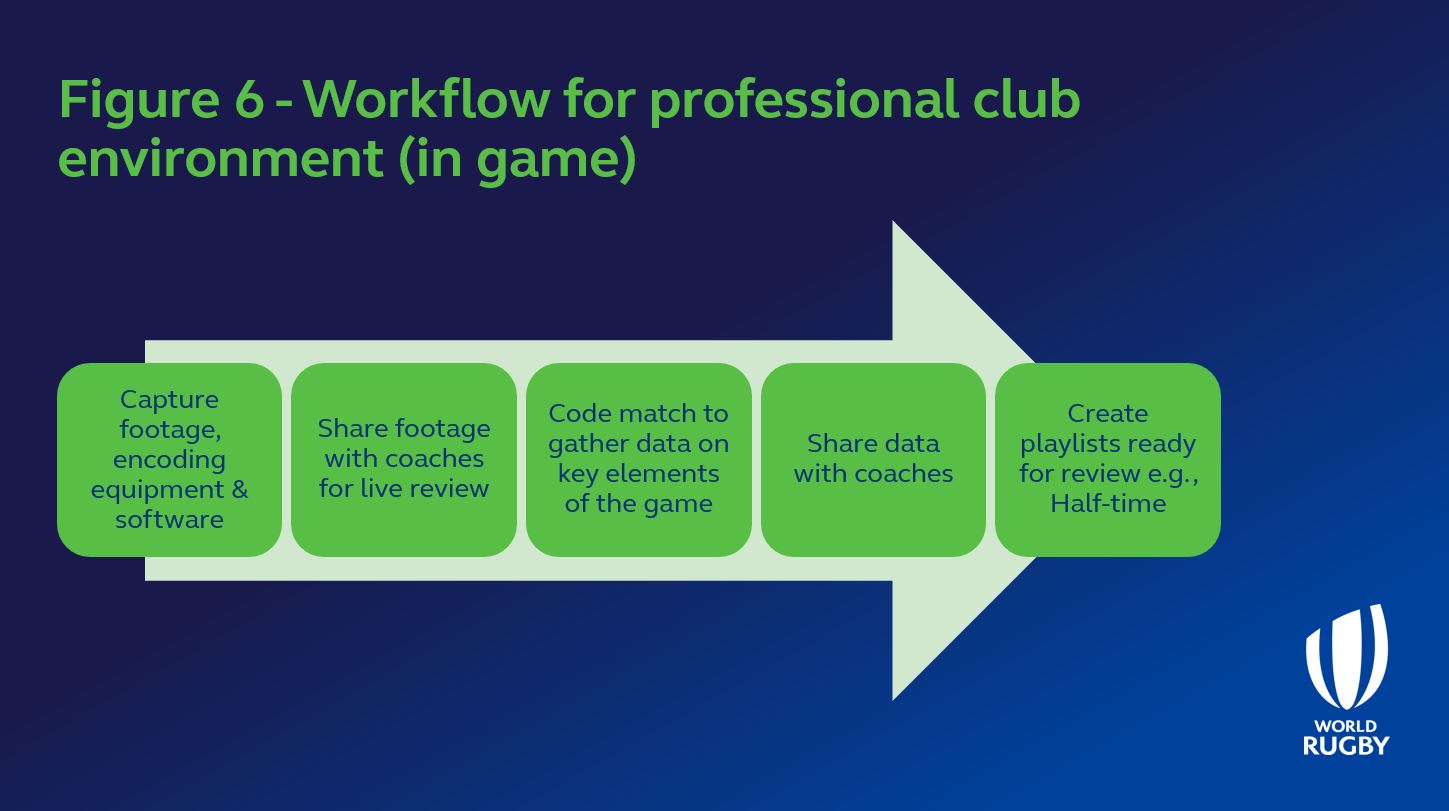
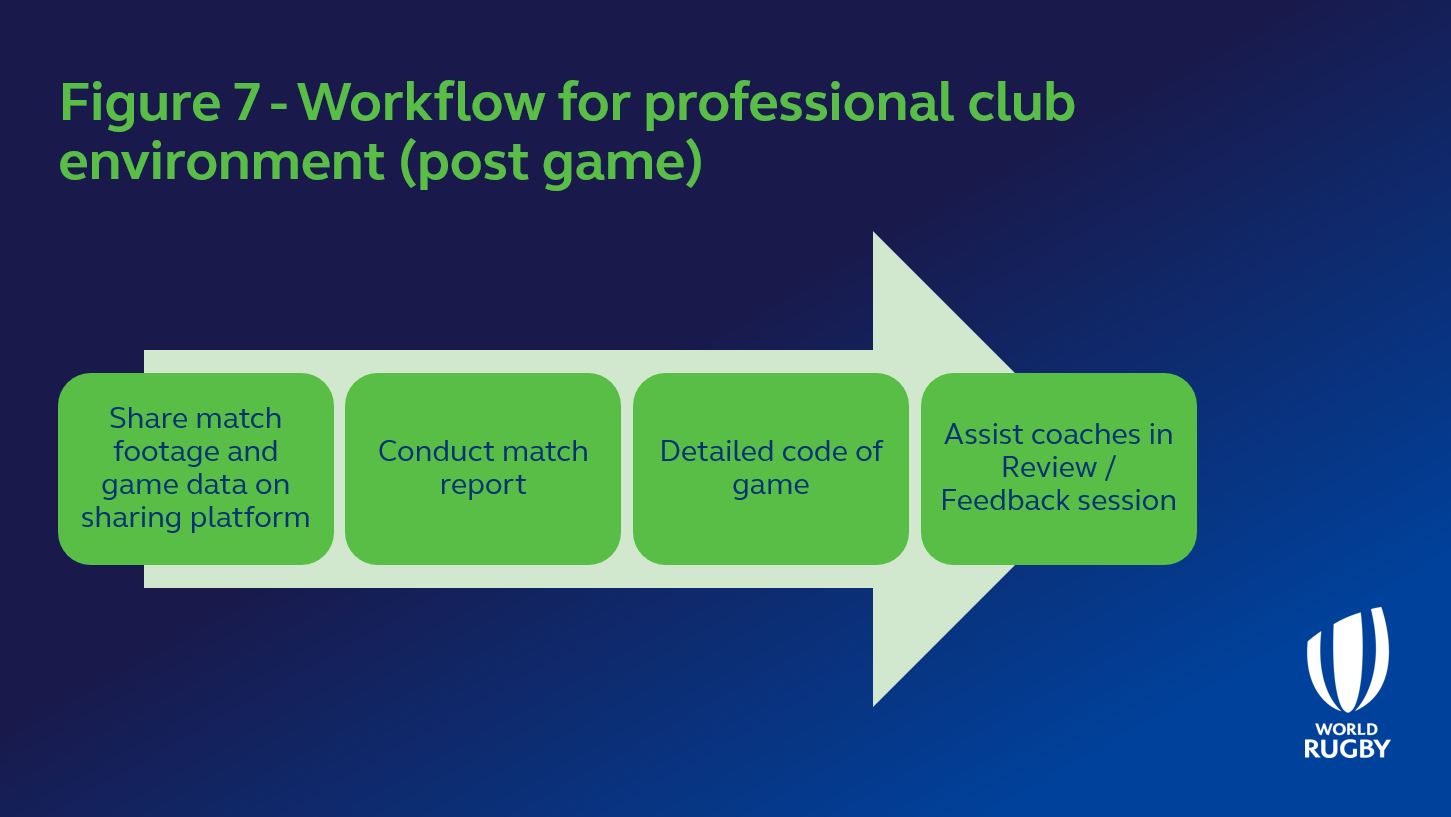
The time pressures on match day are often very strict for analysts. Before match day even begins, analysts should have code windows and output windows designed and tested. If footage is required live during the match they should also have tested all capturing equipment.
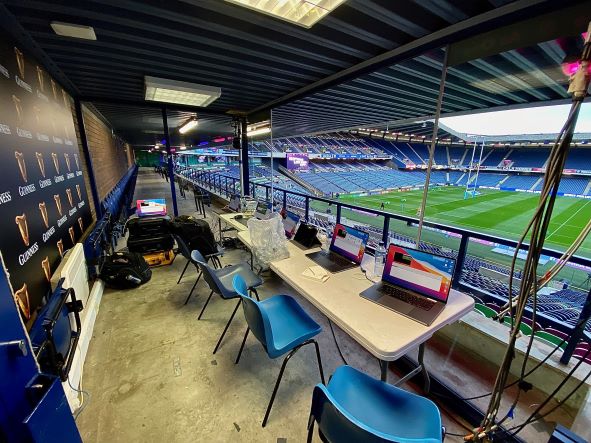
It is important not to overload the workflow too much on match day, and to leave spare time for troubleshooting. The data captured during the game should be designed to provide insights for the coaches to be able to make key decisions. It is up to the individual analyst to consider how much capacity they have to collect extra information that may save themselves time after the game. If an analyst has to put together clips for half-time review it may be challenging to code data in too much detail.
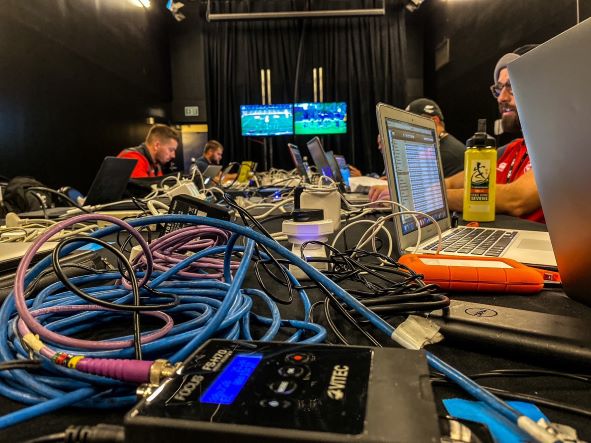
Similar to live data capture, the time frame of post game coding should be discussed with coaches well before the match. A coach may request some very basic match data linked with video immediately after the game for instant review, or they may want a detailed full match report the following day which allows a bit of time flexibility to get the coding completed.
Depending on the role of the analyst, they may be required to produce parts of team review sessions. This has to factored into the time it takes to complete. Remember, nobody sees all the data that is captured, only what is presented.